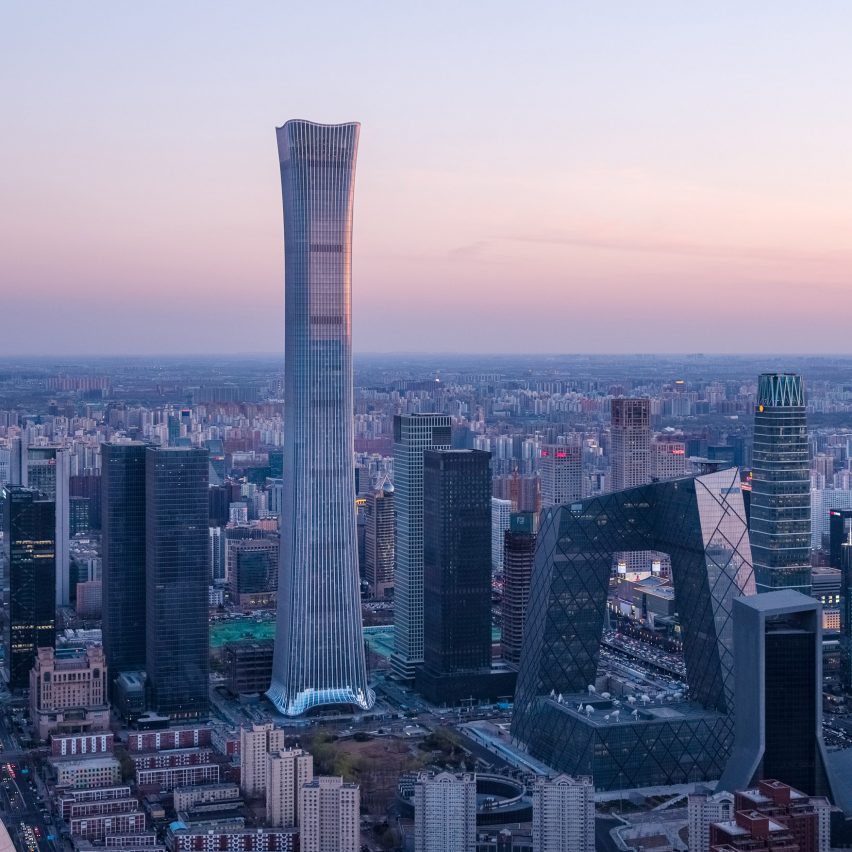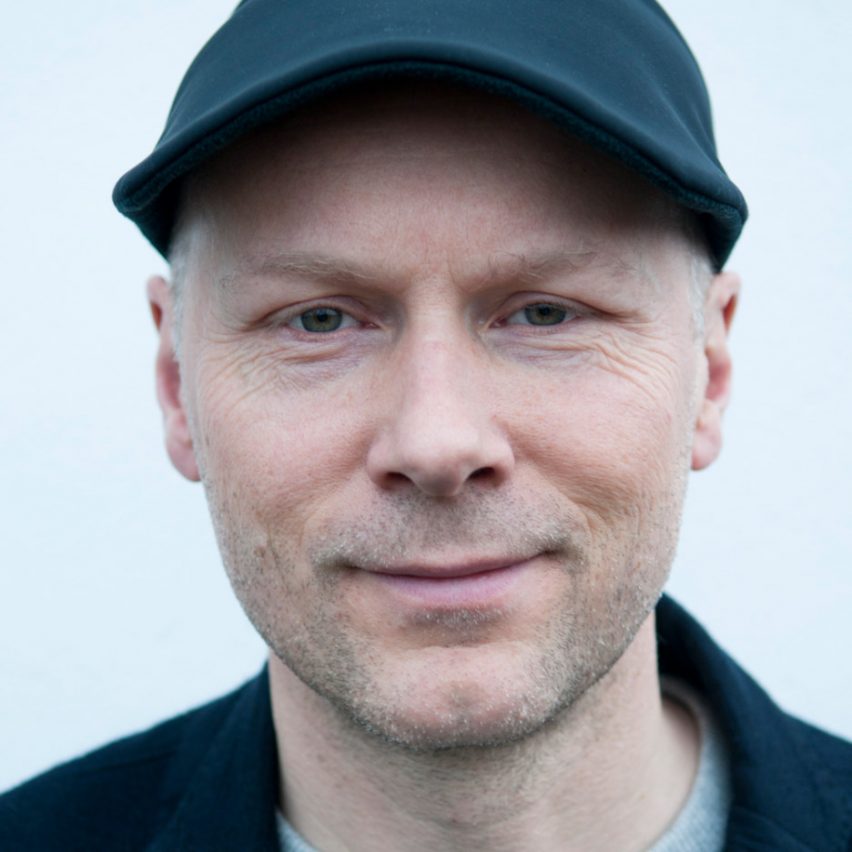Home design ideas

The 10 Most Popular Home Entryways on Houzz Right Now (10 photos)
This Trending Now story features the most-saved entry photos uploaded to Houzz since July 1, 2019.
Home design ideas

This Trending Now story features the most-saved entry photos uploaded to Houzz since July 1, 2019.


The 528-metre-tall CITIC Tower designed by American firm Kohn Pedersen Fox is the tallest skyscraper in Beijing, the fourth-highest in China and number eight worldwide. Kohn Pedersen Fox (KPF) designed the 109-storey skyscraper, which is widely known as China Zun, to have a distinct profile on account of how visible it would be on the city’s
The post KPF completes Beijing’s tallest skyscraper appeared first on Dezeen.

Fall gardens are all about drama. The air turns crisp, and deciduous trees change from green to brilliant gold, rich amber and fiery red. Leaves rustle, ornamental grasses sway and catch the late-afternoon light. Rose hips and toyon berries look like …

Site. SBB is one of Switzerland’s largest landowners. This national railway company owns land in prime locations of the urban centers across the country. This previously underutilized potential of real estate has been increasingly developed in the last years, thus contributing to the densification of urban centers around the main stations of Basel, Zurich, Lucerne, and other cities. Such densification and urban renewal project is the Meret Oppenheim Hochhaus, located in the Gundeldinger Quarter of Basel.


Architects must urgently go beyond creating sustainable architecture that minimises damage to the planet and design buildings that help repair it, says Michael Pawlyn from Architects Declare. Biomimetic architect Pawyln, who has played a key role in promoting Architects Declare, believes that architecture that “just mitigates negatives” is not going far enough. “We all fooled
The post “We fooled ourselves that sustainability was getting us where we needed to go” says Michael Pawlyn of Architects Declare appeared first on Dezeen.

Whether you’re tackling a kitchen remodel with the help of a kitchen designer, an architect or a contractor,…

Experimenting with a very rigid material, Antony Gibbon imagines a residential project where the outer concrete shell twists and turns, in order to create livable spaces. With a very basic function, the proposal is an invitation to push technical boundaries and unleash the imagination.

Design professionals, who field the same questions from clients day after day, know that a little upfront knowledge on the part of homeowners goes a long way in smoothing the construction process. Here, designer Stephanie O’Donohue of smarterBathrooms…

The residential building dating back to the early twentieth century was for years home to embassies and it is inserted in a historical context in the heart of Rome. The choice to “drape” the building in white comes from a desire to reinvigorate its presence in the urban context, highlight the architectural traits, signs of the time, the shadows, the projecting volumes, the positive and negative space of a body that is shaped by sunlight. The design aimed to a radical renovation of the building, through a constant discovery of the existing elements emerged through the design and construction phases.

Designing a small kitchen may seem like a challenge, but it’s also an opportunity to pull out some clever tricks for maximizing its function and increasing its visual size. Here are some of my favorite ways to do just that.
Copyright © 2024 | WordPress Theme by MH Themes